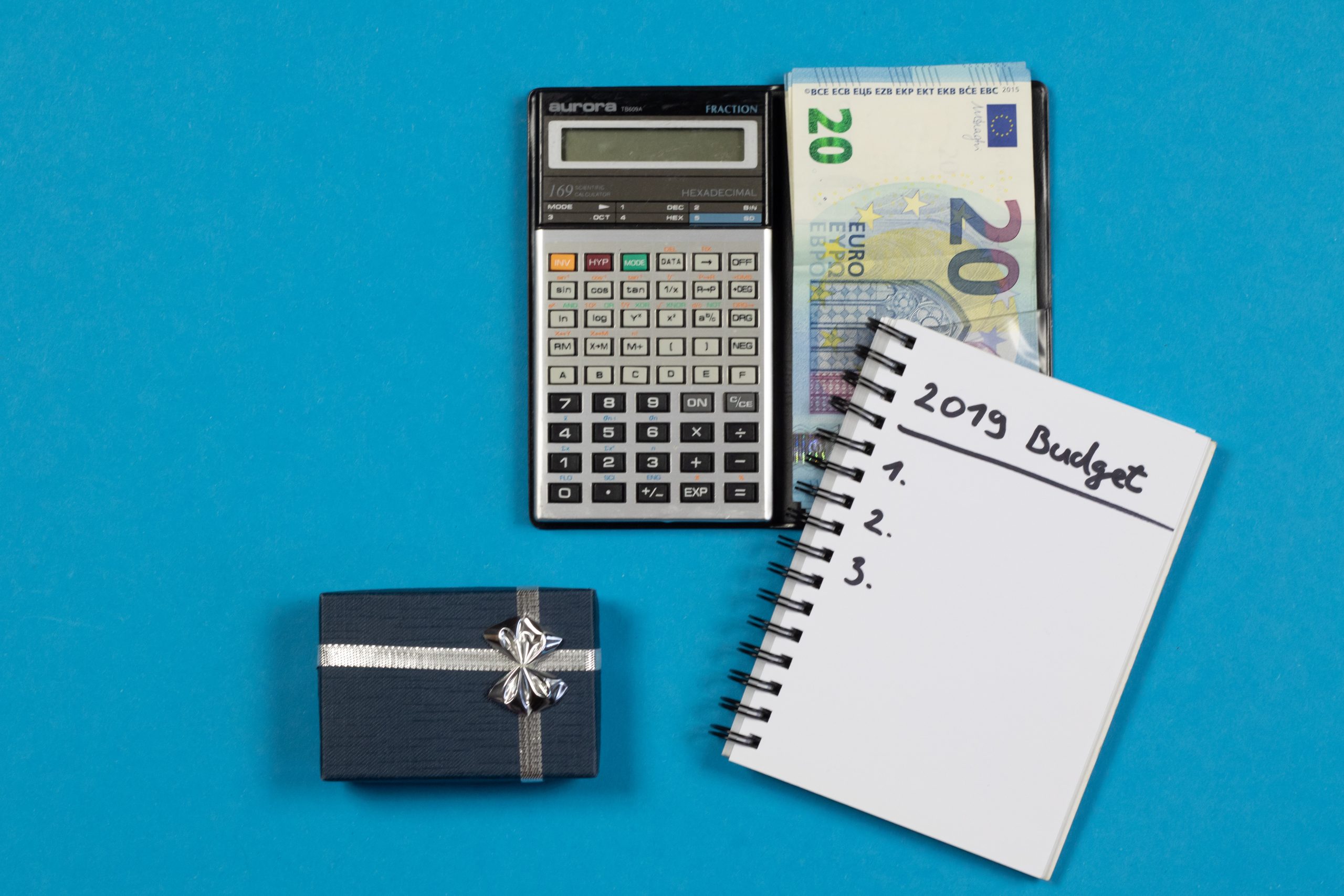10.4 Budgeting Methods

Creating a budget requires the following:
- The time period for the budget (annually, quarterly, monthly, or other)
- Sales Price of the products
- Sales Units
How is this information determined?
Historical Method
The simplest method for determining the sales budget is often using a percentage of last year’s sales, known as the historical method. This method does not take into account any changes in the market or unexpected circumstances. However, many firms use this method because it is simple and straightforward.
The Affordable Method
The affordable method, is an approach to budgeting based on what the business can afford. It is a method used often by small businesses. Unfortunately, things often cost more than anticipated, and you may not have enough money. Many businesses think they’re going to have enough budgeted, but then they run out and cannot spend as much. Such a situation may have happened to you when you planned a weekend trip based on what you thought you could afford, and you did not have enough money. As a result, you had to modify your plans and not do everything you planned.
Competitive Parity
Another method is called competitive parity—that is, budgeting based on competitive data or industry data. During a recession, some firms feel like they must spend as much—if not more—than their competitors to get customers to buy from them. Other companies are forced to cut back on their spending or pursue more targeted promotions.
Objective or Task Method
A more rational and ideal approach is the objective or task method, whereby marketing managers first determine what they want to accomplish (objectives) with their communication. Then they determine what activities—commercials, sales promotions, and so on—are necessary to accomplish the objectives. Finally, they conduct research to figure out how much the activities, or tasks, cost in order to develop a budget.
“11.6 The Promotion Budget” from Marketing Principles V 2.0 by LardBucket is licensed under a Creative Commons Attribuition-NonCommercial-ShareAlike 4.0 International License, except where otherwise noted.

